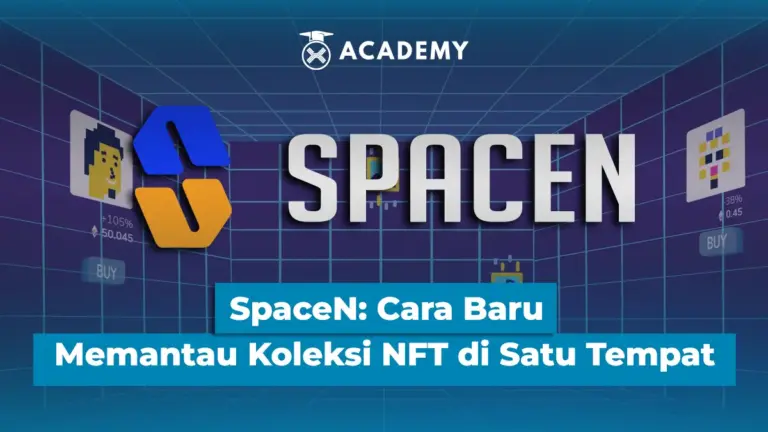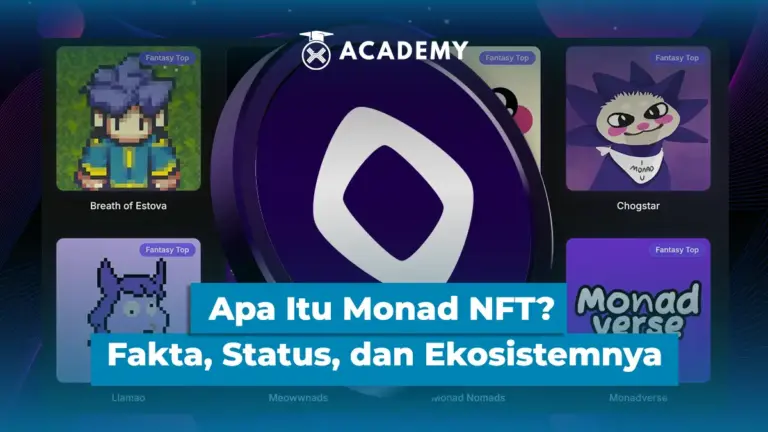Amidst the burgeoning number of DeFi projects and new tokens, one name has recently attracted attention: MITO, a token from the Mitosis ecosystem.
Many crypto communities, both in Indonesia and abroad, are beginning to wonder why MITO is so prominent among hundreds of other tokens, especially with the news of its planned launch on Indodax via the BEP-20 network.
This article will provide a neutral and informative overview of MITO and Mitosis. It is not a call to purchase, but rather a guide for you to make your own judgment based on the available information.
It’s important to always check the official blog, social media, and Indodax market crypto place for the latest release schedule for this token.
What is Mitosis (MITO)?
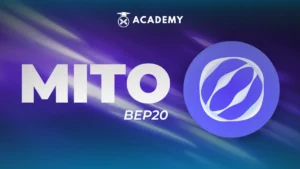
MITO is a token that is part of the Mitosis ecosystem, a Layer-1 blockchain that aims to unify the liquidity of crypto assets that have been fragmented across various networks.
Through the concept of programmable liquidity, Mitosis strives to make liquidity more flexible and usable across chains.
MITO is currently available on the popular BNB Smart Chain (BEP-20) network, making it easily accessible and tradable by the crypto community interested in participating in the development of the Mitosis ecosystem.
How Mitosis Works in Brief
Mitos’s existence stems from a common problem in traditional DeFi. When users deposit assets as liquidity, their positions typically become static and cannot be used elsewhere.
Furthermore, the most attractive return opportunities are often only accessible to large investors capable of making private deals. This creates a gap similar to the conventional financial system.
To address this issue, Mitosis is introducing a protocol that transforms liquidity positions into programmable components.
The workflow begins when a user deposits assets on the origin chain, and the system then issues hub assets on the Mitosis Chain.
These hub assets can be repositioned into various strategies, providing flexibility for all users without exception.
Mitosis also provides two main allocation frameworks to optimize these hub assets. First, EOL (Ecosystem-Owned Liquidity), a collectively managed liquidity vault aimed at generating community returns.
Second, Matrix, a curated vault campaign where participants can earn maAssets and specific rewards based on their strategies.
These two channels enable liquidity to be channeled more efficiently to yield opportunities and ecosystem needs.
With this model, Mitosis creates cross-chain liquidity efficiency without users having to repeatedly move assets.
Assets can be dynamically rebalanced through the Mitosis Chain, reducing fragmentation, opening access to advanced DeFi strategies, and creating a more level playing field for all users.
MITO itself is not just another token; it embodies Mitosis’ vision to create an inclusive, programmable, and sustainable DeFi ecosystem.
MITO’s Function in the Ecosystem
In the Mitosis ecosystem, MITO serves as a utility token that supports various network activities and provides a gateway for users to participate further.
This token is not simply a transaction tool; it is also designed to strengthen security, provide incentives, and ensure inclusive governance.
As the native token, MITO is used to pay network fees, participate in incentive programs, and earn rewards through staking.
Users who stake MITO can contribute to network security and, at the same time, have the right to run validator nodes to participate in consensus.
MITO is also key to accessing DeFi products within the Mitosis ecosystem, including yield opportunities through a programmable liquidity protocol.
To ensure balance and sustainability, Mitosis adopts a three-token model. MITO serves as the primary utility that supports daily transactions and basic network activities.
From MITO, gMITO was born, a governance token earned by staking or locking MITO, giving holders the opportunity to participate in key decisions within the ecosystem.
On the other hand, there’s also LMITO, an incentive token created to align user participation with the project’s long-term vision, ensuring that the community, developers, and network share the same vision.
Tokenomics You Need to Know
The MITO token has a total and maximum supply of 1,000,000,000 tokens. Of this number, only around 181,270,000 MITO are in circulation, or approximately 18% of the total.
Data on CoinMarketCap as of September 29, 2025, places MITO’s market capitalization in the range of IDR 412,000,000,000–IDR 460,000,000,000, with a fully diluted valuation (FDV) of around IDR 2,270,000,000,000–IDR 2,500,000,000,000.
This large discrepancy between FDV and market cap indicates that MITO’s circulating supply is still relatively small, making its price highly sensitive to the unlock schedule and subsequent token distribution.
In the past 24 hours, MITO’s trading volume reached nearly IDR 964,000,000,000, or more than 230% of its market capitalization, reflecting both high liquidity and volatility.
MITO’s price reached an all-time high of IDR 7,112 in mid-September 2025, but has since fallen more than 68% to around IDR 2,275.
However, this position remains 50% above its low at the end of August 2025. MITO currently holds around 83,600 wallets, with the majority of its circulation on the BNB Smart Chain network.
Given this tokenomic profile, MITO has potential for growth, but also carries risks related to the vesting schedule and supply unlock. This will be discussed in the “Key Risks to Watch Out For” section of this article.
Price Snapshot & Market Activity
As of September 29, 2025, the price of MITO was around IDR 2,500. As is common with new tokens, as seen on CoinMarketCap charts, the price spiked after listing, then fell sharply from its record high of IDR 7,112 on September 15, 2025.
Currently, its price is still seeking a more reasonable price level as market distribution takes place. In the last 24 hours, MITO’s trading volume was recorded at around IDR 239,000,000,000, indicating active trading interest in the early stages.
The number of token holders has also reached over 83,700 accounts, indicating widespread early adoption and the potential for significant distribution in the near future.
On the other hand, for retail investors, it’s important to remember that short-term price euphoria can often be misleading.
The key takeaway from this phase is to avoid snap decisions based on hype and instead focus on fundamental analysis, distribution risks, and the token unlock schedule.
Listing on Indodax: What It Means for Users
MITO’s listing on the Indodax crypto exchange will undoubtedly have an immediate impact on local crypto users.
With this listing, traders can more easily buy and sell MITO using Rupiah without the hassle of exchanging assets through external exchanges or stablecoins.
This simplifies and enhances access for those already familiar with the Indodax ecosystem.
Another advantage lies in security. As a local exchange, Indodax implements KYC (Know Your Customer) and security standards that comply with Indonesian regulations.
This mechanism provides an additional layer of protection for users, especially beginners who are just starting out in the crypto world.
However, it’s important to note that technical details such as when MITO officially goes live on Indodax, available market pairs (e.g., MITO/IDR or MITO/USDT), and applicable transaction fees will follow official announcements from Indodax.
Therefore, users are strongly advised to regularly check the announcement page on the Indodax website and app leading up to the day to stay informed with accurate and up-to-date information.
Technical Advantages & Differentiators
One of the things that makes Mitosis stand out is its position as a Layer-1 specifically designed to address liquidity issues.
So, unlike many other DeFi projects that simply build protocols on top of existing blockchains, Mitosis comes with a standalone infrastructure focused on aggregating and optimizing asset flows.
Another advantage lies in its EVM-compatible architecture. This allows for easier integration with the Ethereum ecosystem and similar networks, while still offering a design that supports cross-chain settlement.
Furthermore, the concept of programmable “position tokens” provides new flexibility for users to utilize liquidity more efficiently.
However, all of these technical advantages will only be truly meaningful if followed by real adoption.
For MITO holders, the value of this technology depends largely on how widely the Mitosis ecosystem is used by the community and other DeFi projects in the future.
Key Risks to Watch Out For
Every new project in the crypto world carries both potential and risks. To better prepare for MITO’s dynamics, here are some risks to be aware of, including:
1. Vesting/Unlocking
MITO has a phased token release schedule. When new supply enters the market without matching demand, selling pressure can increase and depress the price.
2. FDV vs. Market Cap Gap
MITO’s current full value (FDV) is much larger than its circulating market capitalization. This difference means there are many tokens yet to be released to the market. If user adoption doesn’t grow as fast as the unlocked supply, its value could be diluted.
3. Initial Listing Volatility
The initial phase after listing is usually characterized by highly volatile prices. The spread between the buy and sell prices can be wide, making transactions less efficient. This can easily trigger FOMO or panic selling for unwary users.
4. Technical Execution & Adoption
While Mitosis offers technical advantages, real benefits will only be realized if the roadmap is implemented smoothly and the project successfully attracts a partner ecosystem.
If implementation is hampered or adoption is low, MITO’s utility could lose its appeal.
5. Discipline Your Personal Security
The risk of phishing and scams remains high in the crypto world. Always ensure that the contracts, networks, and links you use come from official sources, such as the Mitosis website or the Indodax marketplace, to avoid losses due to technical errors or fraud.
How to Buy MITO on Indodax (once Listed)
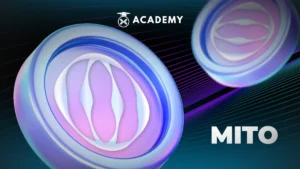
To buy MITO on Indodax after listing, the steps are quite simple. First, log in to your Indodax account and open the Market menu.
From there, search for the MITO token and select an available trading pair, such as IDR or USDT, as per the official announcement. After that, decide whether to use a Limit or Market order, then confirm the transaction.
For beginners, it’s recommended to start with a small amount. Pay attention to applicable transaction fees and regularly check the order book and transaction history to better understand market conditions before adding a position.
Conclusion
So, that was an interesting discussion about Mitosis (MITO), a BEP20 token now available on Indodax. You can read more about it in the INDODAX Academy.
In conclusion, MITO offers a programmable liquidity concept with a technical approach and token model that differs from most other projects.
However, it’s important to understand how this ecosystem works, weigh the potential risks, and wait for official details from Indodax before making an investment.
Ultimately, with a thorough understanding, you can make wiser and more informed decisions.
By the way, in addition to gaining in-depth insights through various popular crypto education articles, you can also broaden your horizons through a collection of tutorials and choose from a variety of popular articles that suit your interests.
Besides updating your knowledge, you can also directly monitor digital asset prices on Indodax Market and stay up-to-date with the latest crypto news. For a more personalized trading experience, explore Indodax’s OTC trading service. Don’t forget to activate notifications so you don’t miss out on important information about blockchain, crypto assets, and other trading opportunities.
You can also follow our latest news via Google News for faster and more reliable access to information. For an easy and secure trading experience, download the best crypto app from INDODAX on the App Store or Google Play Store.
Maximize your crypto assets with the INDODAX Earn feature, a practical way to earn passive income from your stored assets. Register now with INDODAX and easily complete KYC to start trading crypto more safely, conveniently, and reliably!
Indodax Official Contact
Customer Service Number: (021) 5065 8888 | Support Email: [email protected]
Also follow us on social media here: Instagram, X, Youtube & Telegram
FAQ
1.What is MITO’s function in short?
Network utility and access to participation in the Mitosis ecosystem.
2.Why does the price drop after listing?
Early profit-taking, high FDV, and unlock.
3.Is staking/governance possible?
There is a gMITO/LMITO mechanism for governance and long-term incentives.
4.What wallet can I store it in?
Wallets that support BEP-20; use official contracts.
5.When is the right time to buy?
Revisit your risk profile; understand the tokenomics and unlock schedule before making a decision.
Author: Boy




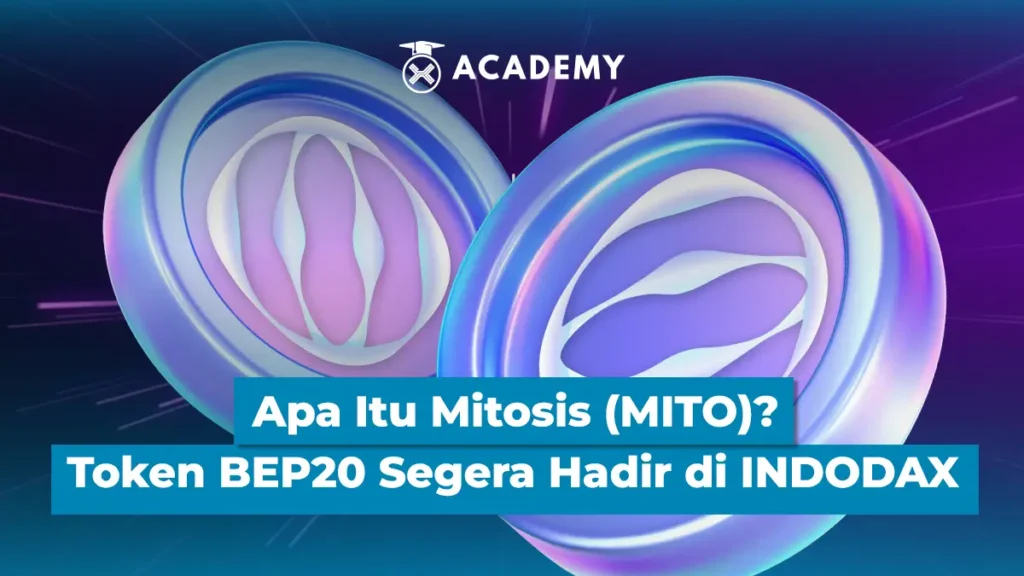

 Polkadot 8.90%
Polkadot 8.90%
 BNB 0.83%
BNB 0.83%
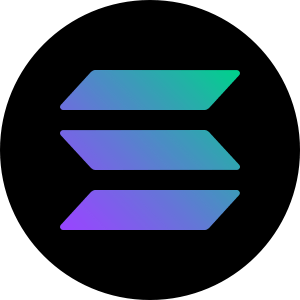 Solana 4.89%
Solana 4.89%
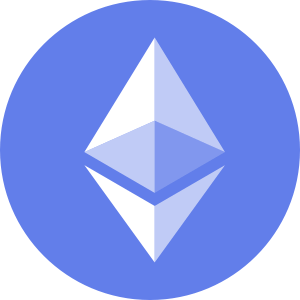 Ethereum 2.37%
Ethereum 2.37%
 Cardano 1.18%
Cardano 1.18%
 Polygon Ecosystem Token 2.18%
Polygon Ecosystem Token 2.18%
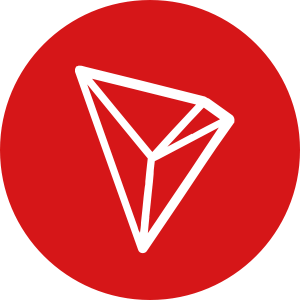 Tron 2.84%
Tron 2.84%
 Market
Market
